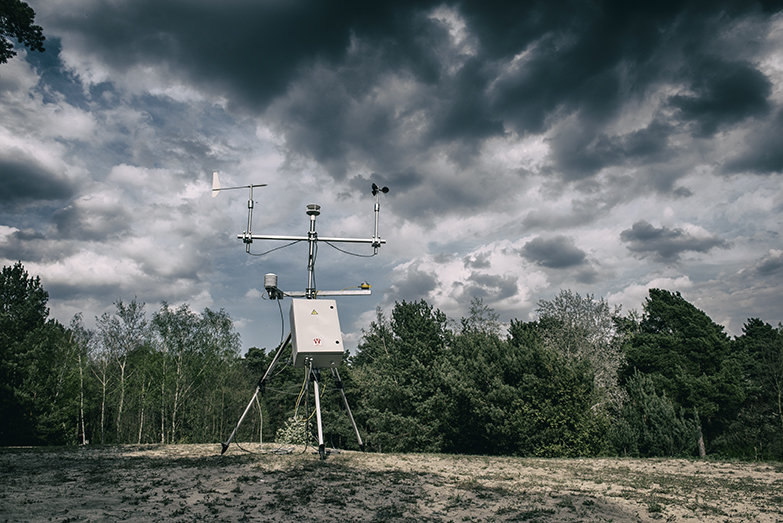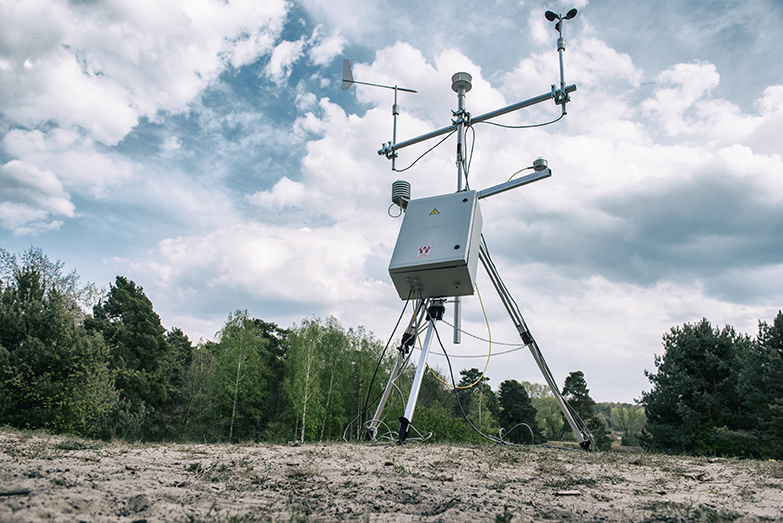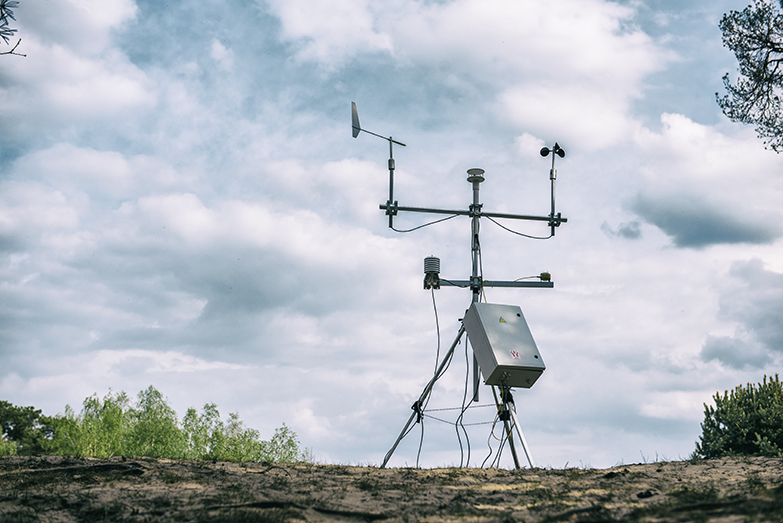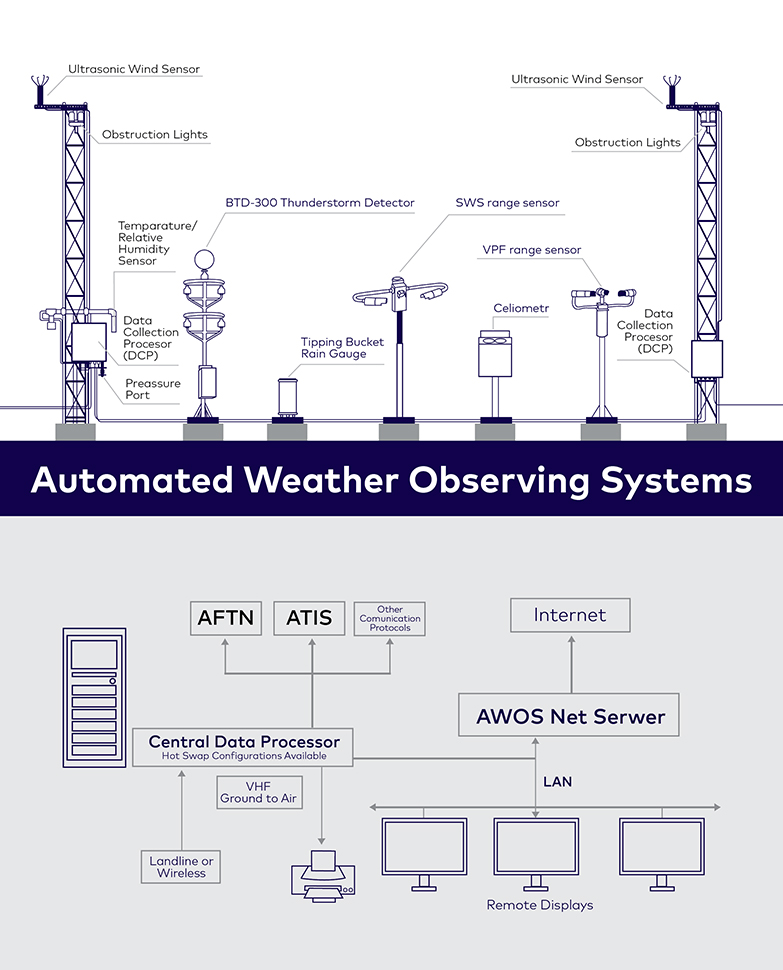Comet specializes in the implementation of projects of meteorological monitoring systems in the scope of their design in accordance with user requirements, deployment of these projects and their service.
Design and construction of complex stations or monitoring systems is connected with proper recognition of the needs of the future user of such a system and good insight of the market of manufacturers of devices and sensors for measuring parameters and meteorological parameters.
The company cooperates with various manufacturers of measuring instruments and sensors, which allows it to optimally match instruments, in terms of requirements and prices, for a given project and its implementation, working with leading suppliers in this field, such as Gill Instruments, Campbell Scientific, Meteomodem, Tamaya Technics, Biral and many more. These instruments are characterized by appropriately selected precision and reliability, and provide real-time meteorological parameters, even in extreme environmental conditions.
Projects vary in size, from individual weather stations with local or remote presentation of measurement results, through fixed or mobile meteorological observation systems, to complex meteorological monitoring systems, both in terms of area covering multiple locations and the number of installed sensors measuring various meteorological parameters.
The company also deals with the integration of meteorological data from various sources allowing them to be collected in one database and their consistent presentation and visualization.
The recipients of our systems are meteorological services of military and civil aviation, local governments, crisis management centres, energy companies, companies operating road infrastructure, railways, schools, universities and many others, where weather data plays an important role.
Example of meteorological monitoring system implementation:
The system consists of several locations, each of which has a meteorological garden equipped with sensors measuring the required meteorological parameters both in the ground, in the layers of the atmosphere near the ground and in the layers of the atmosphere located higher, with the use of masts of appropriate height.
Following are examples of measurements taken in a meteorological garden:
– atmospheric pressure;
– temperature;
– humidity;
– wind direction;
– wind speed;
– dew point temperature;
– insolation;
– detection of occurrence and intensity of frost/rime frost;
– ground temperature;
– thickness of snow cover;
– precipitation height;
In addition, there are local facilities for the collection and analysis of measured data, where the data are preliminarily verified for quality and there are facilities for the transmission of the collected and pre-processed data to the meteorological surveillance centre. Data transmission can be carried out using a variety of media, from traditional (telephone, radio), through the most commonly used today such as GSM or satellite.
The measurement data from the instruments is sent to the meteorological surveillance centre, which is comprised of appropriately selected instruments and software for data collection, archiving and processing, such as servers, matrices and databases. In order to ensure the devices’ stable and reliable operation, they can operate in ‘cluster’ and/or ‘hot standby’ mode.
Database support software enables administrators to remotely manage and configure all instruments and sensors in the system.
The data collected in the database is then made available to applications for analysis and visualization.
These applications enable users to access data through a website, allowing them to easily and intuitively view data in the form of tables, graphs, weather charts, etc.






